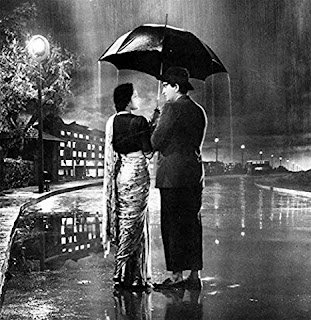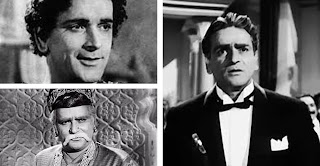PART 6 OF 10: ASIF'S MAGNUM OPUS

Let us step into the sixties. Actually before we do that, one more thing. When I termed the years 1950 to 1975 as the Golden Age of Hindi Films, did the so-called "regional" industries from the rest of India share that sentiment about their respective filmdom as well? Meaning, were they going through their own version of the Golden Age? Perhaps. Just in terms of sheer numbers, the studios in Madras made more movies per year compared to Bombay. That is because the four South Indian industries were headquartered in Madras till the late eighties and in some years made over three hundred and fifty movies a year. Kodambakkam was teeming with filmy talent. (Photo above: Southern music directors (Clockwise from top): MB Sreenivasan, Devarajan master, MS Viswanathan, Ghantasala, KV Mahadevan, GK Venkatesh, S Rajeshwara Rao, G Ramanathan) Viswanathan-Ramamoorthy (the Shankar Jaikishan of the South), KV Mahadevan, Ghantasala, GK Venkatesh (I...




